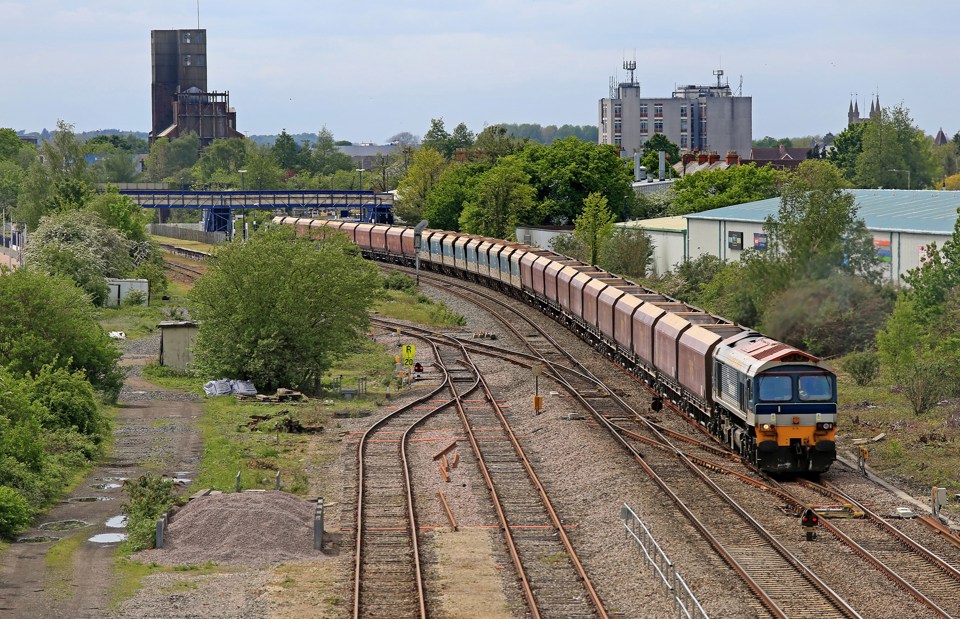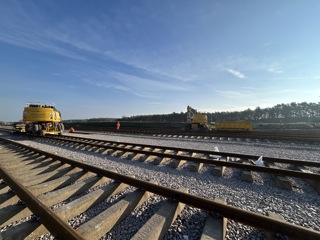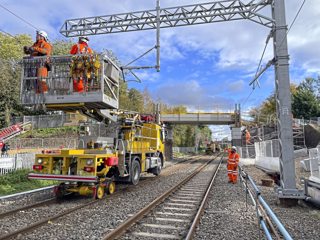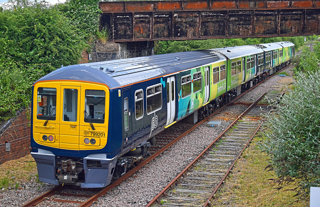The amount of freight carried on the national rail network is at its lowest since the time of the miners’ strike of 1984-85.
Office of Rail and Road (ORR) statistics reveal that the total amount of freight lifted fell from 110.5 million tonnes in 2014-15 to 86.0m tonnes in 2015-16 - a drop of 22.2%. The amount of coal lifted in 2015-16 was 19.8 million tonnes - a decline of 54.6% from the corresponding period in 2014-15, and also the lowest since 1984-85.
ORR states that the amount of freight lifted reached its peak in 1988-89, when 149.5 million tonnes were carried. The lowest was 65.2 million in 1984-85 (corresponding with the 12-month miners’ strike), when 14.5 million tonnes of coal was lifted.
Rail Freight Group Executive Director Maggie Simpson said: “These results confirm that 2015-16 has been a very difficult year for rail freight. The focus now has to be in turning the sector back to growth, and resuming the positive successes of recent decades.”
- For much more on this, read RAIL 803, published today (June 8).


















Richard Pill - 10/06/2016 15:26
To be honest we've had so many writing off freight by rail except for block loads for so many years that after Speedlink went, not a lot has replaced it. We need to see that units break down to small loads and small loads build upwards to provide diverse train-loads. These may be varied consignments but a Speedlink style system is needed to cohere these flows into the paths available. Clearly more capacity is needed but the contrast is Hs2 and branch lines in Nottinghamshire getting a look in, contrast Bedford-Northampton and integrations thereof being dismissed as fanciful. By faith one moves mountains, by collectives cooperating could we see the 3 R's informing more freight by rail: Renewables, Recycling and Rails for them to go on off of busy main lines.